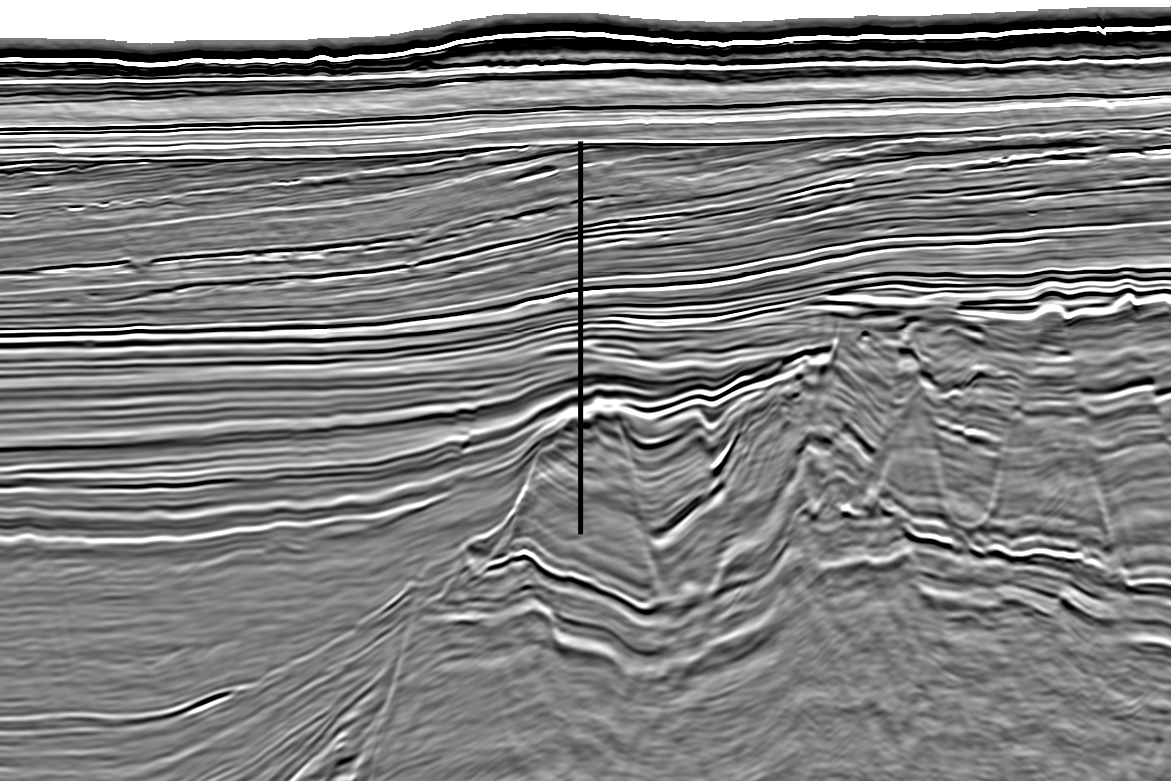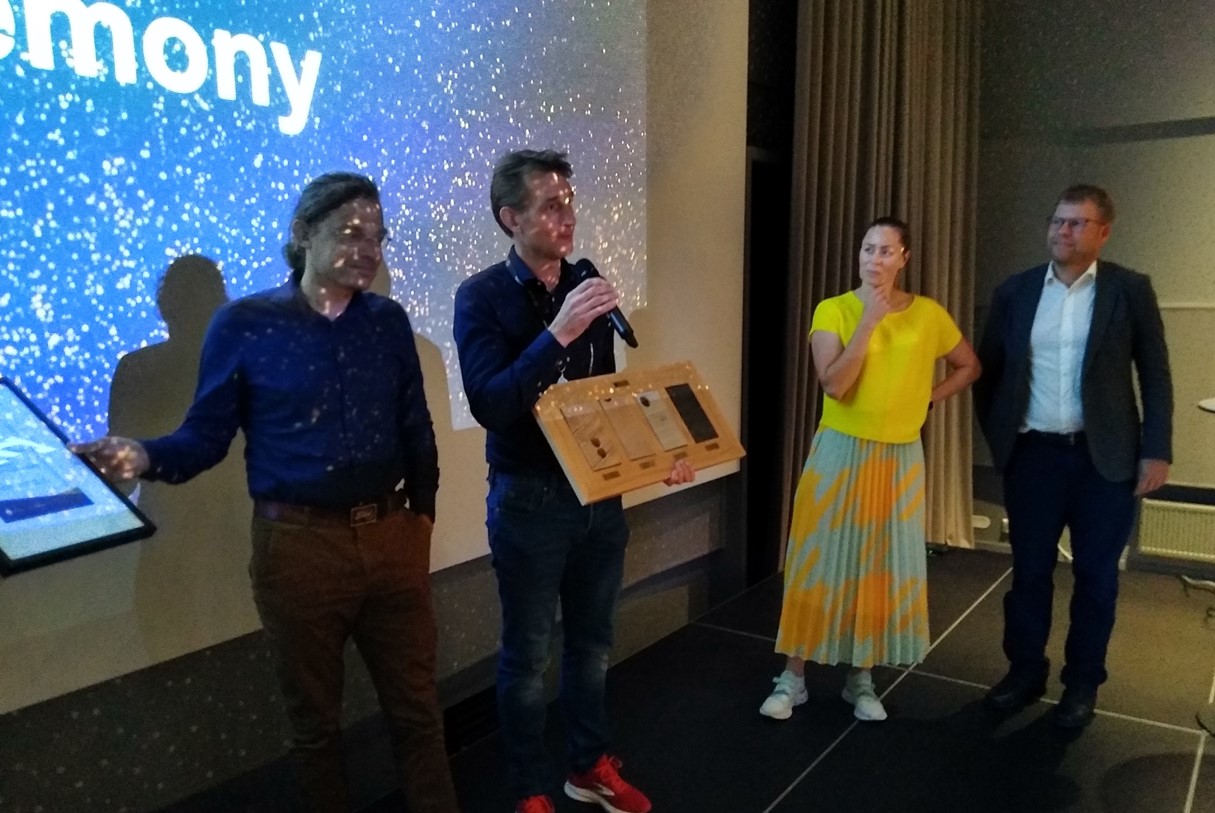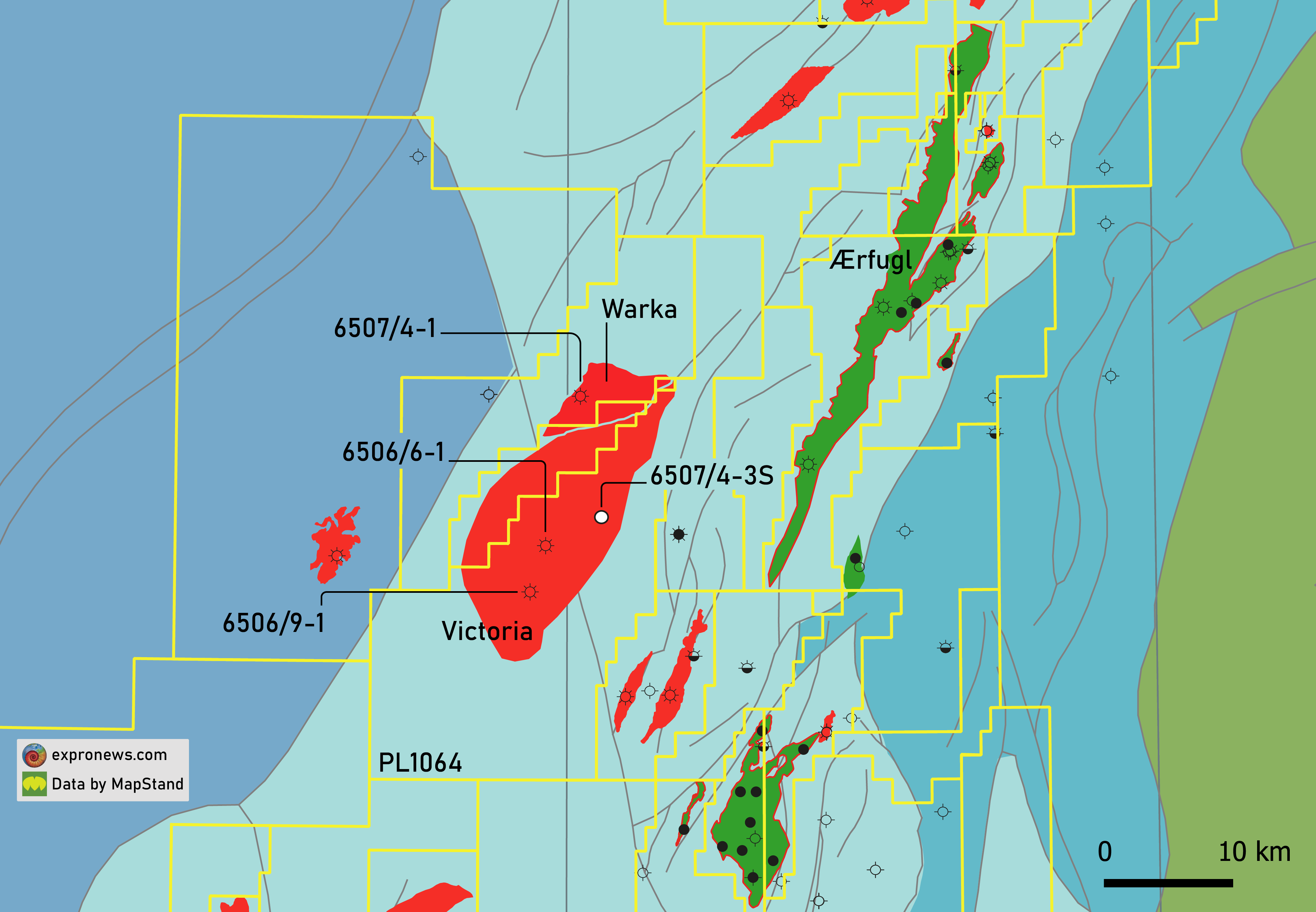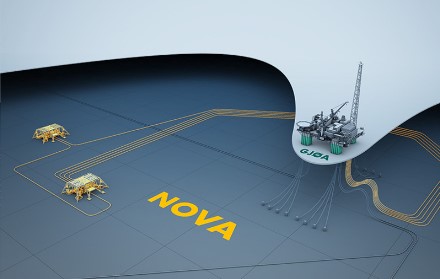GeoPublishing and Wittemann E&P Consulting have unanimously chosen ConocoPhillips Norway as “Explorer of the Year (2020)”.
Being operator of two significant discoveries offshore Mid-Norway (6507/4-1 (Warka) and 6507/5-10 (Slagugle)), in addition to one small discovery in the North Sea (25/7-8 (Enniberg)), ConocoPhillips was by far the most successful oil company operating on the NCS in 2020.
“ConocoPhillips made 2 separate discoveries in 2 months in the Norwegian Sea within a short distance but with different geology. The Warka gas discovery sits in Lower Cretaceous Lange Fm sandstones whilst Slagugle is oil in the Lower Jurassic Åre Fm and Triassic “Grey Beds,” says Anders Wittemann from Wittemann E&P Consulting.

Triassic grey beds
Sediments of Triassic age beneath the Åre Formation have been encountered in a number of wells offshore mid-Norway. Based on their colour the Triassic section in the Norwegian Sea has been informally divided into “Grey Beds” and “Red Beds”. The “Grey Beds” sediments represent continental clastics of grey colour, deposited in a more humid climate compared to the “Red Beds” sediments. Thicknesses of more than 2500 meters have been drilled. No type well section has been established.
Source: npd.no
According to Arild Skjervøy, Exploration Manager at ConocoPhillips, the Slagugle was looked upon as a “promising Jurassic prospect in a favourable position”, while the Warka prospect had an “interesting Cretaceous target with seismic amplitude support” (NCS Exploration Strategy, November 2019).
“Not including the Barents Sea, with several sizable discoveries, such as Johan Castberg, Wisting and Alta, Slagugle – with a mid-point volume of 138 MMboe – is the third largest discovery on the NCS since the Johan Sverdrup discovery in 2010. Moreover, the Warka gas discovery with 120 MMboe mid-point volume is also top 6 outside the Barents Sea since 2010”, Wittemann continues.
Only 35/11-21 (Grosbeak) and 25/2-21 Liatårnet appear to be bigger than Slagugle.
Referring to the operator, there are “nearby prospects” in the licence too.
The closest well to 6507/4-1 (Warka) is 6506/6-2 (Albert) drilled by Mærsk Oil in 2013. The primary objective was to test the hydrocarbon potential in Lower Cretaceous Lysing Formation sandstones. According to the NPD press release, the well was terminated in the Lange Fm without encountering hydrocarbons. The NPD “well history” does not even mention the Lange Fm.
It would be interesting to know if there were any traces of hydrocarbons reported by the well site geologist or later detected in samples/logs.
Wittemann also comments that ConocoPhillips has impressed with discoveries in 4 of 5 operated wells in the campaign that started in 2019. And there is possibly more to come.
“The ConocoPhillips-operated campaign has not yet finished and includes drilling in the PL1064 licence with the Peder prospect next to Warka in 2021 and PL935 with the Bounty propect (on the Frøya High, south of Fenja) scheduled for 2022, also in the Norwegian Sea,” the petroleum analyst says.

A local deal maker
“A total of 27 wildcat were drilled on the NCS in 2020. The outcome was 11 commercial discoveries that found some 588 MMboe (mid-point value);” says Anders Wittemann with Wittemann E&P Consulting.
Wittemann emphasizes that ConocoPhillips was undeniably the most successful operator with proving 257 MMboe that makes up 44% of the total. Equinor ended up on second place with 120 MMboe while Neptune Energy found roughly 92 MMboe.
Apart from those 3, Wintershall DEA, MOL and Aker BP found 119 MMboe.
Wittemann also notes that ConocoPhillips’ business development activity has contributed to the successes, for example taking operatorship with PGNiG for the PL1009 Warka licence application, regrouping the PL891 Slagugle partnership when AkerBP and PGNiG dropped out and bringing Pandion in.
“ConocoPhillips has managed to combine being a global major oil company and a local, nimble operator and deal maker on the NCS,” Wittemann concludes.
The need for diversity
The acreage that holds the Warka discovery in PL 1009 (ConocoPhillips, 65%, and Polish PGNiG, 35%, awarded in TFO 2018) was previously held by PGNiG, Statoil and VNG Norge, with the former as operator. When Statoil and VNG withdrew, ConocoPhillips came in as the new operator.
A change in partnership was also experienced in PL 891 with 6507/5-10 (Slagugle) as Aker BP and PGNiG did not want to participate in a wildcat. Pandion saw an opportunity based on a more optimistic view and entered the licence in 2019 with 20%.
This proves the importance of a diverse geoscience community in which different companies with different people and strategies pursue different ideas and have different de-risking.
“ConocoPhillips is one of the world’s largest independent Exploration and Production (E&P) companies based on production and proven reserves, with oil and natural gas operations and activities on almost every continent.”
HALFDAN CARSTENS





